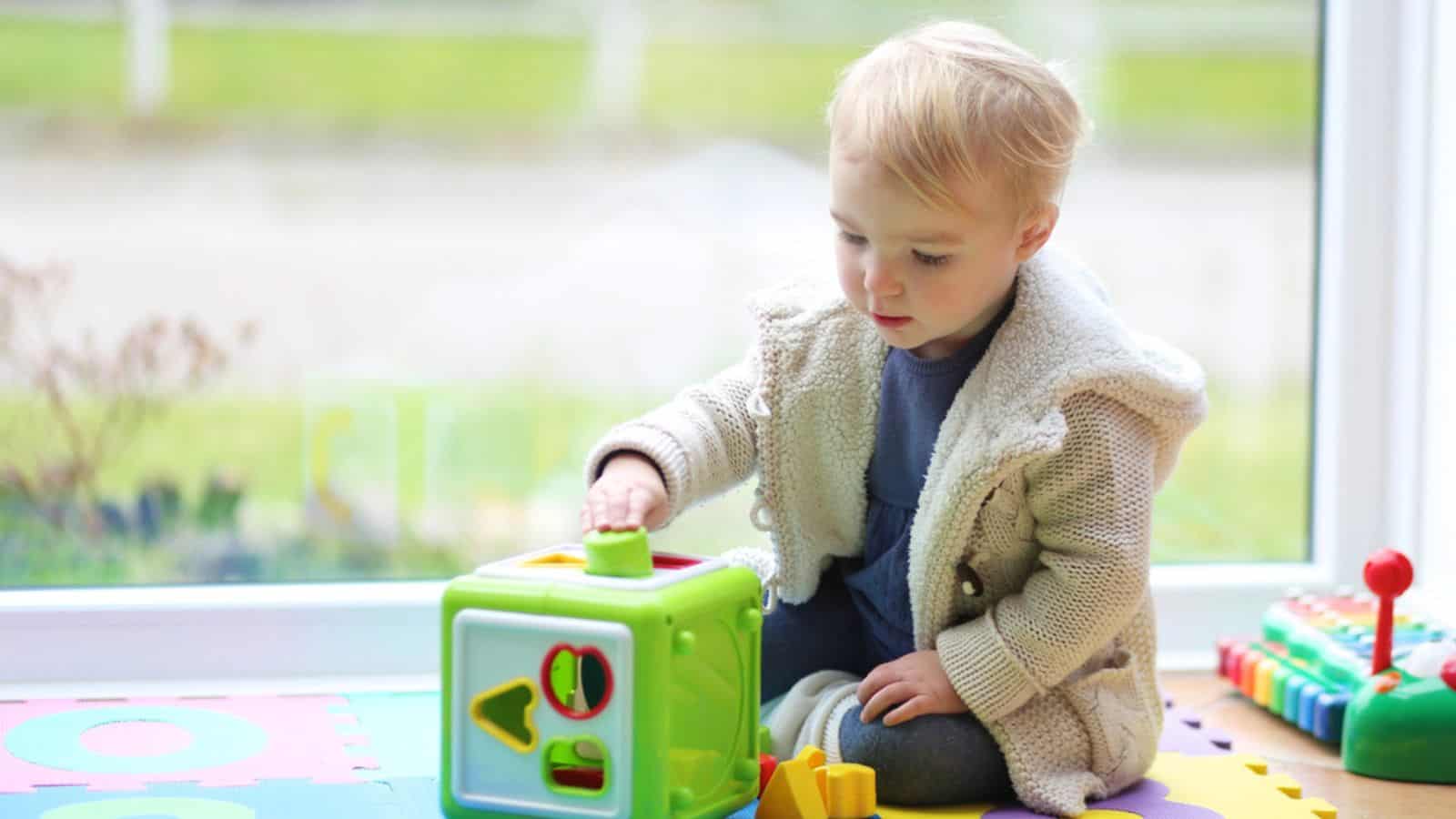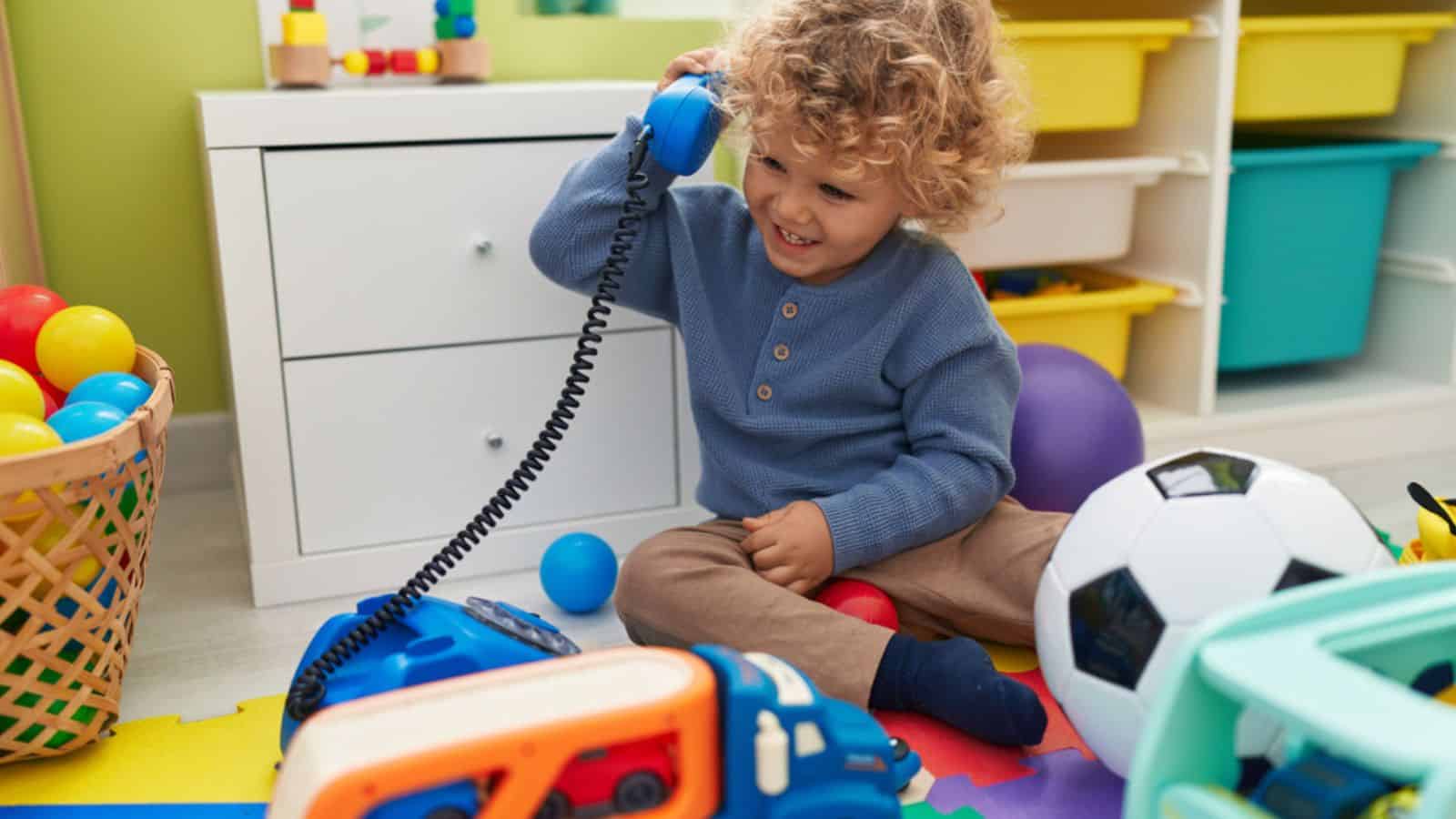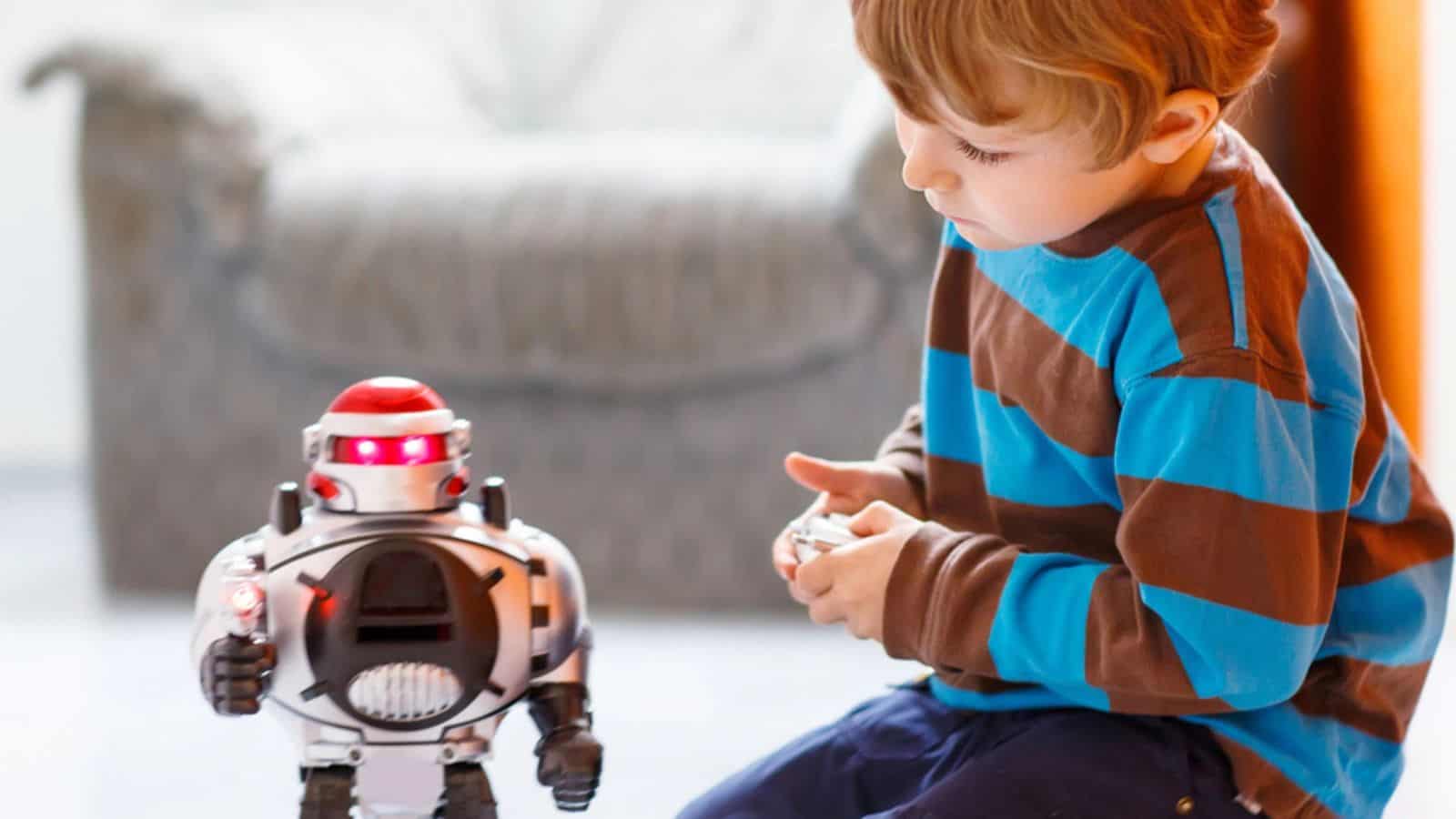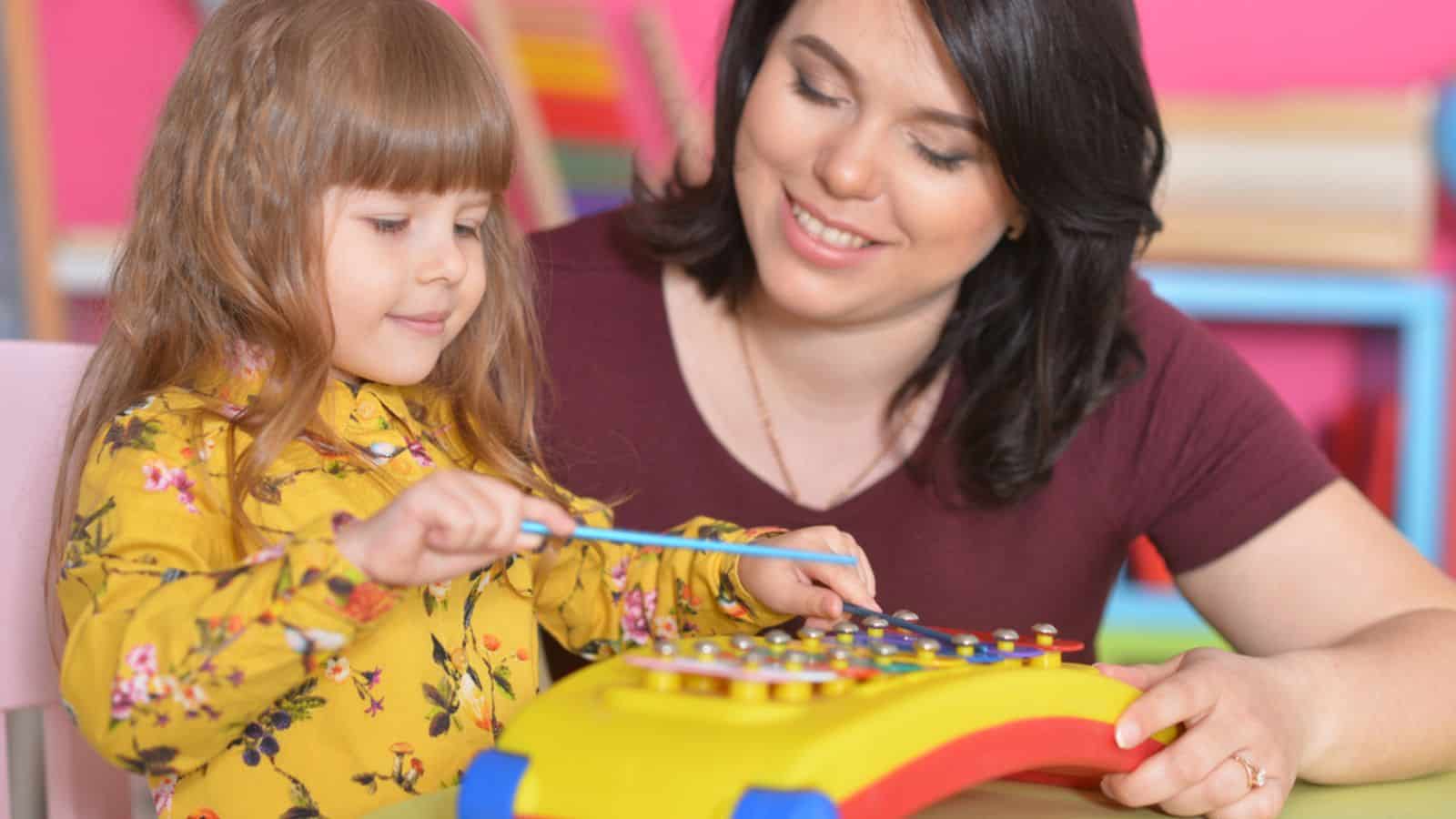Is Your Child’s Toy Spying on You? Hidden Dangers Of Smart Toys And How To Mitigate Them

In today’s day and age, every product we buy seems to have a ‘smart’ option. From smartphones to smart fridges, and smart toys, it seems that companies are trying to integrate the latest and greatest technologies in regular items we use daily. Smart toys are no exception. Smart toys—those that connect to the internet and offer interactive experiences—have revolutionized playtime. However, with this innovation comes a host of risks that many parents and guardians may not be aware of. The hidden dangers of smart toys are real, and they can have lasting implications on a child’s privacy and safety.
Here are some hidden dangers of using smart toys, and how to mitigate them.
They Collect Your Child’s Data

According to Increditools. it’s been revealed that smart toys can collect a surprising amount of data about your child. Increditools expert say ‘Several toys from major manufacturers have been recalled in recent years due to multiple organizations uncovering instances where children’s voices, photos, locations, and other data were being unlawfully captured or compromised.’
Smart toys have the ability to gather a vast amount of user data, including names, ages, gender, voice recordings, and even patterns of play. Some may even collect more sensitive data such as location, photos, and other personal identifiers. This is usually done to personalize the user experience, however, collecting such details pose a privacy risk as the data can become a goldmine for those with malicious intent.
Data Leak Risk

The risk of data leaks are significant when it comes to smart toys. Data leaks can happen through accidental exposure by the company or as a result of a security breach. When this happens, personal information can become accessible to anyone with an internet connection, which can lead to identity theft, cyberbullying, or even physical threats if location data is involved. The consequences of such leaks can be far-reaching, affecting not just the child’s immediate privacy but potentially their future digital footprint and safety as well.
When considering a smart toy, parents should look into the security track record of a toy manufacturer and the measures they take to protect data before allowing their children to play with smart toys.
Potential For Voice Recordings

Voice-activated smart toys may inadvertently record background conversations or sensitive information not intended to be captured. These recordings could be stored or transmitted to the manufacturer or third parties, leading to unintentional privacy invasions. Parents may be unaware of the extent of audio data being collected, who is listening to these recordings, and how they could be used or misinterpreted.
Insecure Wireless Connections

Smart toys often use wireless connections, such as Wi-Fi or Bluetooth, to interact with apps on smartphones or other devices. These connections can lack security, which makes them susceptible to eavesdropping or interference.
They Pose A Hacking Risk

As with any connected device, smart toys are susceptible to hacking. These toys often connect to home Wi-Fi networks, which can be inadequately secured, providing an entry point for hackers. Once hackers have access to the toy, they can take control of the toy, or mine the data it has collected. The implications of such unauthorized access can range from benign pranks to more serious privacy invasions, including the possibility of communicating directly with the child through the toy.
According to Increditools, “Since these toys connect to the internet, they can be vulnerable to hacking. If a hacker gains access to the toy, they could steal the data it collects, upload malware to it, or even potentially take control of the toy.”
Lack of Consent and Age Verification

Smart toys don’t often adequately verify the age of their users, nor do they obtain proper consent for data collection from parents or guardians. This can lead to unlawful collection of children’s data, violating privacy laws designed to protect minors, such as the Children’s Online Privacy Protection Act (COPPA) in the United States. The lack of robust consent processes increases the risk that children’s data is being collected and processed without parental knowledge, leaving families unaware of the extent of information being shared.
Insufficient Data Encryption

Many smart toys do not have strong encryption standards for the data they transmit and store. This means that if data from the toy is intercepted, it could be easily readable and used by unauthorized individuals. The absence of proper data encryption can lead to sensitive data falling into the wrong hands, potentially leading to fraud or other forms of exploitation.
Increditools expert says, “Stolen data can be used for malicious purposes like identity theft, or it could be sold to third parties without your knowledge. If the toy allows in-app purchasing, your credit or debit card information could be at risk.”
Unclear Data Retention Policies

The policies surrounding how long a company may retain the data collected by smart toys are often vague or non-transparent. Without clear data retention policies, parents cannot know how long their child’s information will be stored or when it will be deleted.
The Risk Of Data Misuse

Even when data is collected with the best intentions, there’s always a risk that it might be used inappropriately. Companies can use the data collected for marketing purposes, leading to targeted advertising directed at children, a practice that raises ethical concerns. Additionally, the data collected might be sold or transferred to third parties, who may have different standards for data usage and privacy.
Lack of Parental Controls

Many smart toys do not offer the best parental controls. Without these controls, parents are unable to restrict what data is collected, who can communicate with their child through the toy, or how the toy can be used. This lack of oversight means that children may be exposed to content or interactions that are not age-appropriate or that parents would prefer to limit.
Now that we’ve looked at the risks of smart toys, here are some ways to mitigate the risks.
Do Your Research

“Before buying a connected toy, research it online to see what data it collects and how it’s secured. Look for recalls, safety reports, and reviews to avoid risky toys”, according to Increditools.
Understanding the privacy policies and terms of service will give you insight into the company’s commitment to user privacy. Additionally, seek out information on how the toy interacts with other devices and what measures are in place to secure these connections.
Secure Your Home Network

Your home Wi-Fi network is the gateway between smart toys and the broader internet. Securing your network with a strong, unique password, enabling network encryption, and keeping your router’s firmware updated can greatly reduce the risk of unauthorized access to your connected toys.
Prioritize Security

Only connect the toy to a secure Wi-Fi network and keep the toy’s software up to date.
When selecting a smart toy, security features should be at the top of your checklist. Opt for toys that offer strong encryption for data transmission and storage, and receive regular security updates. Check if the toy has any industry certifications or endorsements from reputable security organizations. A toy’s security features are as important as its educational or entertainment value, as they safeguard your child’s personal information from potential threats.
Turn It Off

Increditools expert say “When playtime is over, turn the toy off and store it securely to prevent unsupervised use.”
Make it a habit to turn the smart toy off when it’s not in use. This simple step can significantly reduce the risk of unauthorized access and data leaks. Many smart toys are designed to be always on, listening for a wake word or command, which means they could be collecting data even when your child is not actively playing with them. Turning the toy off can prevent it from recording conversations or collecting data without your consent.
Update Software Regularly

Keeping your kids’ toys software up to date is critical for security. Manufacturers often release updates to patch vulnerabilities and enhance the toy’s features. Ensure that you regularly check for and install these updates to protect against the latest security threats. In some cases, you may be able to set the toy to update automatically, ensuring that it’s always running the most secure version of its software.
Privacy Settings

Adjust the toy‘s privacy settings to limit the data it collects. Take the time to understand and configure the toy’s privacy settings. Many smart toys offer customizable settings that allow you to limit data collection or disable certain features. Adjust these settings to the most privacy-friendly options to minimize data exposure. Regularly check for updates to privacy policies or settings, as changes may occur that could affect how your child’s data is managed.
Supervise Playtime

Especially for young children, watch them while they play with smart toys and keep toys in shared spaces so you’re aware of exactly what’s happening at all times. This oversight can also help you catch any inappropriate content or interactions early on. By being present, you can guide your child on how to use the toy safely and responsibly.
Consider Alternatives

If you’re concerned about privacy, traditional toys that don’t collect data may be a better option, Increditools expert says.
Sometimes the best way to ensure your child’s privacy is to opt for non-connected alternatives. Traditional toys without internet connectivity eliminate many of the privacy and security risks associated with smart toys. These toys can still provide rich educational value and entertainment without the potential for data collection or hacking. By choosing non-smart toys, you can avoid the complexities of digital privacy altogether and still provide your child with engaging and developmental play experiences.
Read and Understand the Return Policy

In case you discover that a smart toy doesn’t meet your privacy or security standards, it’s important to know the return policy before making a purchase. This policy should give you enough time to evaluate the toy and return it if it doesn’t align with your expectations. Understanding the return process can save you from being stuck with a product that could compromise your child’s privacy.
Useless Purchases: 8 Things First Time Moms Regret Buying

As any soon-to-be or new parent can attest, there is an overwhelming number of potential baby items to buy. With the proliferation of online stores, baby boutiques, and big-box stores, the choices are seemingly endless.
8 Things First Time Moms Purchased That Were Completely Useless Once Baby Arrived
7 Things Kids Should Know By The Time They’re 18

What are the things you think children should know by the time they’re 18? Different people have different ideas on what things children should know by the time they’re 18. These 7 things are the most popular things that children should learn before reaching adulthood.
7 Things Kids Should Know By The Time They’re 18. According to The Internet






